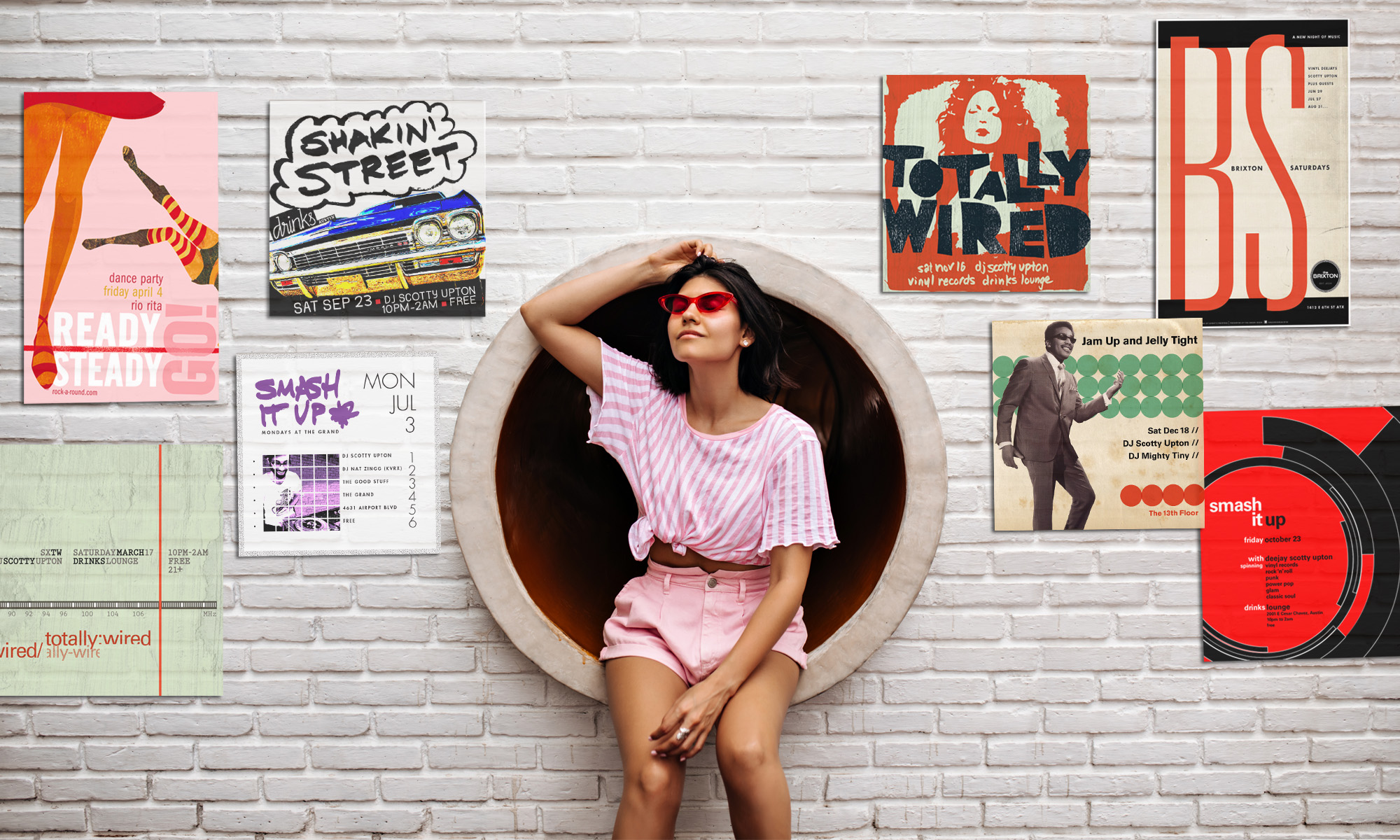 Two magazines got a facelift in March—Newsweek and The New York Times Magazine. Jack Shafer reported on Slate that Newsweek editor Tina Brown initiated a complete design and content overhaul. At first glance, the cover line above the nameplate contains the usual list (“150 Women Who Shake the World”), with a cover story featuring Hillary Clinton rife with plaudits for the Secretary of State. Shafer opines Newsweek foolishly squanders pages that rave about Melinda Gates and her attempts to eradicate polio. He feels her efforts would have been impossible without clout from her husband, Bill. Tina Brown’s Newsweek draws the wrong lessons from the decline of print and the rise of the Web. In her introductory note, Brown attempts to build a case that Newsweek will “sift out what’s important, [and] pause to learn things that the Web has no time to explain.” Shafer feels the paper magazine failed to add anything apart from the web content, and feels underwhelmed by Newsweek‘s overall redesign, and disappointment by Brown’s efforts.
Two magazines got a facelift in March—Newsweek and The New York Times Magazine. Jack Shafer reported on Slate that Newsweek editor Tina Brown initiated a complete design and content overhaul. At first glance, the cover line above the nameplate contains the usual list (“150 Women Who Shake the World”), with a cover story featuring Hillary Clinton rife with plaudits for the Secretary of State. Shafer opines Newsweek foolishly squanders pages that rave about Melinda Gates and her attempts to eradicate polio. He feels her efforts would have been impossible without clout from her husband, Bill. Tina Brown’s Newsweek draws the wrong lessons from the decline of print and the rise of the Web. In her introductory note, Brown attempts to build a case that Newsweek will “sift out what’s important, [and] pause to learn things that the Web has no time to explain.” Shafer feels the paper magazine failed to add anything apart from the web content, and feels underwhelmed by Newsweek‘s overall redesign, and disappointment by Brown’s efforts.
On the other hand, the first redesigned issue of The New York Times Magazine appears to be a triumph. Design director Arem Duplessis had the difficult task of taking an iconic weekly, already known for its fine design, and elevating it further. Duplessis raided the NYT archives and found inspiration in issues from the 1960s and ’70s—I liken them to Woody Allen’s timeless scrolling film titles. The design team chose a monochromatic color palette, and loaded its pages with typographic detail. My only complaint would be with its cover, which insists on cluttering with cover lines. (Remember, the magazine is distributed with issues of the New York Times, not as a stand-alone on the newsstand.) The cover layout feels tabloid-like, rather than the sharp and sophisticated cover we are accustomed to.
It is no doubt a work in progress and we shall anticipate each new issue with interest.




